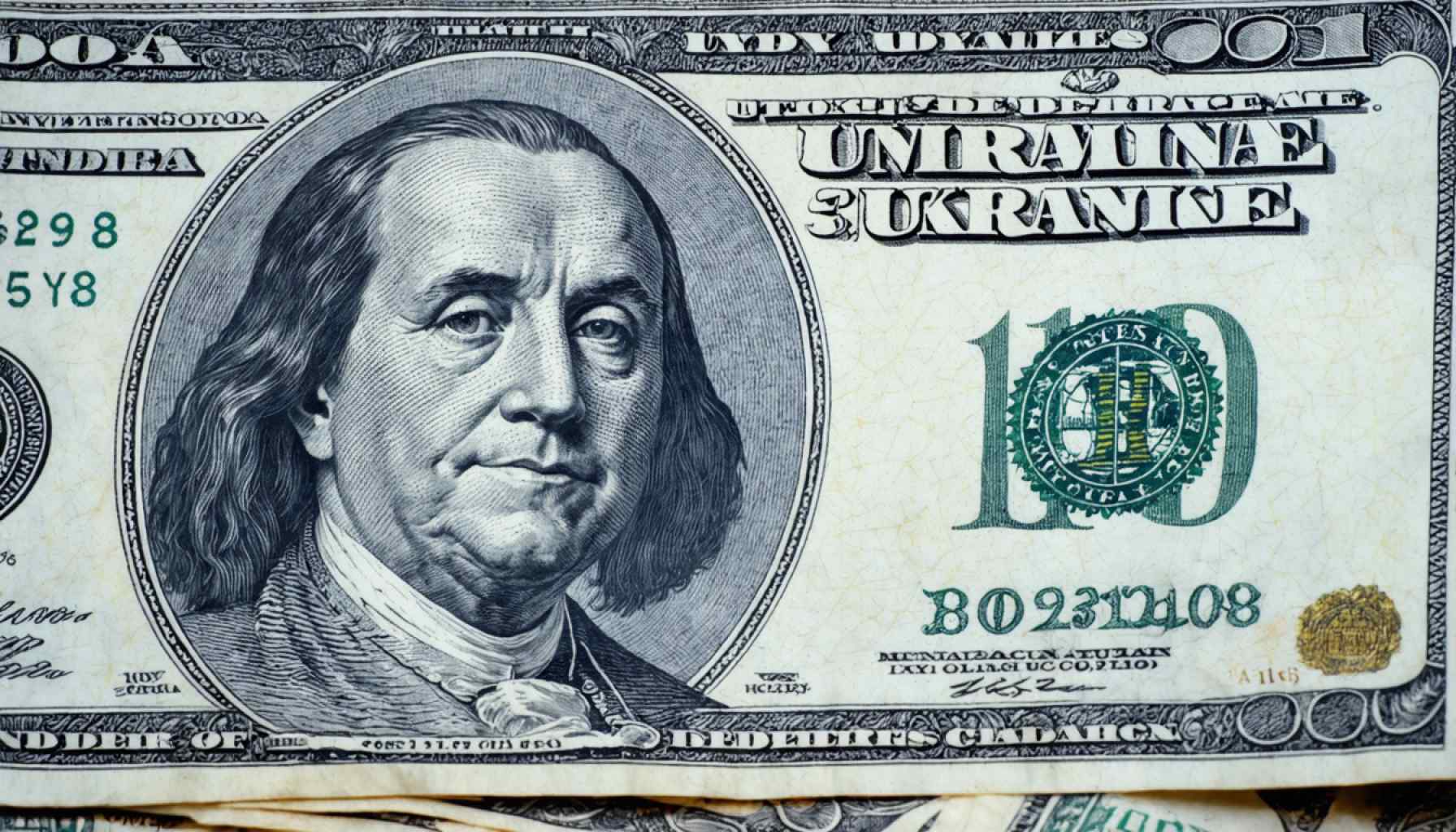- Potential 30-day ceasefire between Ukraine and Russia cools global financial concerns, showing signs of easing tensions.
- US dollar strengthens against the yen, hitting 148.59-148.60 yen, as investors anticipate reduced geopolitical risks.
- Yen weakens not just against the dollar, but also against the euro, trading at 161.97-162.01 yen per euro.
- Economists noted a pause or reversal in recent selling pressures on the dollar.
- Focus shifts to upcoming U.S. Consumer Price Index data, which might influence dollar and market dynamics further.
- The euro maintains its position against the dollar, trading around 1.0900-01 dollars per euro.
- Global financial markets remain intertwined, with geopolitical and economic developments closely watched by stakeholders.
A promising shimmer of détente spreads across international markets as anticipation builds around a possible ceasefire between Ukraine and Russia, potentially set for a 30-day pause. The proposed truce, championed by the United States, dampens the earlier intensity of concerns shadowing global financial scenes.
In this charged environment, the foreign exchange market swayed notably. Investors, heartened by the possibility of easing tensions in Eastern Europe, expressed renewed appetite for the U.S. dollar, trading it aggressively against the yen. By the close of the trading window, the exchange rate reflected this pivot: the dollar surged to 148.59-148.60 yen, in stark contrast to the previous rates. The yen wasn’t the sole casualty; against the robust euro, it also stumbled, setting the exchange at 161.97-162.01 yen per euro.
Meanwhile, the euro held a steady course against the dollar, marking a rate hovering around 1.0900-01 dollars per euro. As the clock ticks towards the pivotal U.S. data release, traders and analysts alike balance caution with optimism, watching for signs that could further sway currency flows and drive market momentum.
The developments bear testament to the interconnectedness of geopolitical tensions and economic indicators, illustrating how whispers of treaties and statistical revelations can ripple through to affect monetary stability across continents.
Key Takeaway: As the specter of hostilities momentarily recedes, the foreign exchange market offers a snapshot of hope intertwined with vigilance, reminding stakeholders of the delicate dance between geopolitical events and fiscal strategies. These unfolding narratives not only guide trader behavior but also highlight the broader impacts on global economic outlooks.
Will a Temporary Truce Between Ukraine and Russia Stabilize Global Markets?
Understanding the Impact of the Proposed Ukraine-Russia Ceasefire
The possibility of a 30-day ceasefire between Ukraine and Russia has captured the attention of global markets and traders. This development could signify more than just a pause in tensions—it might herald a new phase of regional stability with international economic repercussions.
A Closer Look at the Foreign Exchange Market
1. U.S. Dollar Surge: The potential ceasefire has bolstered investor confidence in the U.S. dollar, leading to a significant appreciation against the yen and maintaining strength against the euro. The dollar’s rise to 148.59-148.60 yen is a clear indicator of renewed investor interest, reflecting global risk sentiment shifts.
2. Euro’s Steadiness: Despite the tumult in forex markets, the euro remains steady against the dollar, holding at around 1.0900-01 dollars per euro. This stability highlights the euro’s resilience amidst geopolitical changes and anticipated economic data releases, such as the U.S. Consumer Price Index.
How-To Steps & Tips for Traders
– Monitor Inflation Reports: Traders should focus on monthly U.S. inflation data releases, which can dramatically influence forex rates. Higher inflation could spur expectations of more aggressive Federal Reserve policies, impacting dollar strength.
– Diversify Currency Holdings: Given geopolitical uncertainties, diversifying holdings across a basket of currencies can hedge against volatility. Consider currencies with stable economic indicators and limited exposure to geopolitical risks.
Controversies & Limitations
– Temporary Nature of Ceasefire: While a ceasefire suggests de-escalation, it remains temporary and contingent on political will. Sustained peace is required for long-term economic stability.
– Market Overreactions: In volatile times, markets can overreact to news of ceasefires or escalations. Astute traders should guard against sudden swings and adopt strategies that consider longer-term trends.
Market Forecasts & Industry Trends
According to economists, if the ceasefire progresses to a more permanent peace agreement, we could see:
– Resurgence of Emerging Markets: Eastern European markets might see renewed investment, leading to positive spillovers on neighboring economies.
– Shift to Riskier Assets: With reduced geopolitical risk, investors might pivot towards higher-risk assets, potentially benefiting equities and commodities.
Actionable Recommendations
– Stay Informed: Regularly consult reliable financial news sources and economic analyses to remain updated on geopolitical developments.
– Use Hedging Strategies: To protect against downside risks, consider utilizing currency options or futures as part of your trading arsenal.
For more insights and economic analysis, visit Bloomberg and Reuters.
In conclusion, while the potential for peace is promising, stakeholders should remain cautious, actively managing their portfolios in the face of evolving geopolitical dynamics and economic data. The delicate balance between geopolitical events and financial strategies continues to shape global markets, demanding agility and insight from traders and investors alike.
